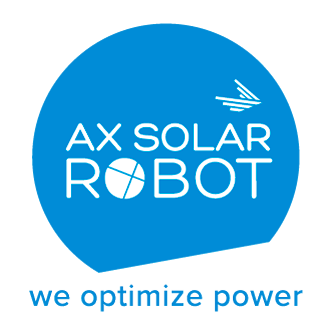Floating systems are the 3rd pillar of photovoltaic energy, after ground-mounted and rooftop solar power plants. More recent, it is based on a simple observation: renewable energies are space-hungry, as ground and roof space is limited and contested by other human activities. It was with this in mind that floating photovoltaic power plants were born, enabling the production of energy without encroaching on useful space.
Floating solar also makes it possible to convert ponds into assets for businesses and communities. By 2020, total global solar installations will approach 590 GW (International Renewable Energy Agency), while the potential of floating solar is estimated at 400 GW.
China, a leader in solar energy, has invested heavily in floating solar power, given the importance of preserving arable land for agriculture and human activity. The world’s largest solar power plant is located in Huainan, with 160,000 panels and a combined output of 40 MW. Japan and France are other leaders in this growing industry.
Most of the world’s floating power plants are installed on freshwater basins, whether artificial or not, as salt water is destructive to solar installations due to its corrosive effect. The basins used can be varied: lakes, reservoirs, flooded former quarries, retention basins, dams or even fire-fighting basins.
In addition to not encroaching on other human activities, floating power plants on artificial ponds limit the impact of solar production on flora and fauna, compared with ground-based plants.
How does a floating solar power plant work? What are the advantages of floating?
A floating solar power plant works in exactly the same way as a ground-mounted plant, except that it is installed on the water using floats to stabilize the panels above the water.
The floats are pre-assembled, enabling several panels to be linked together. These floats can vary in size depending on the power plant, and are stabilized on the water by an anchoring system. The solar energy generated is then returned to the ground via undersea cables for connection to the grid.
The combination of water and solar production is profitable: the panels are cooled by the presence of water, which improves electricity production. On the other hand, the panels limit evaporation from the water surface, which can be useful in arid regions, for example.
Floating systems are not without their advantages, and there are still a number of issues to be resolved. Floatation systems are more expensive than conventional systems for ensuring the buoyancy and strength of power plants. This difference in cost is mainly due to the cost of materials and installation.
The shading caused by the panels must also be calculated so as not to deprive aquatic plants of light or disturb underwater biodiversity.
Finally, maintenance and cleaning of floating power plants can be more complex, as access to the plant and panels requires the use of boats or floating platforms, which can lead to additional costs if maintenance is not anticipated when the site is built.
Our solutions: WetSlider F and Rider F
On the strength of our experience with WetSlider ground power plants, we have adapted our technology with a smaller brush and optimum clearance capacity to enable us to clean floating power plants.
The WetSlider F enables you to clean floating power plants by adapting to the size of the panels up to 2.20m high, and is capable of bridging gaps between two adjacent panel tables of up to 42 cm independently.
Its thermal pump enables continuous cleaning without access to electricity and without interruption, as the robot uses no batteries. The WetSlider F can clean up to 1MWp per day. Its pump can power two robots simultaneously, doubling cleaning capacity.
Its brush rotation speed (300 rpm), coupled with the use of demineralized water, ensures unparalleled cleaning quality and efficiency.
Up to 450m of high-pressure hose to feed the robot, made possible by the use of our hydraulic technology, making it possible to clean long aisles without access to the middle of the aisle.
The robot does not require continuous piloting, and its low weight means that two operators can easily move it from one row to another.
Water can be pumped directly into the lake, greatly facilitating logistical operations. The WetSlider F uses only pure water to operate, so the water discharged is not harmful to the lake’s water quality and biodiversity.
Here’s a video of a cleaning operation at the Peyrolles power plant, the largest floating plant in France, using a barge built with floats to transport the robot and its pump directly to the plant.
The Rider « F »
The Rider F is an adaptation of the robot for roof cleaning. The Rider S is equipped with extensions that enable the robot to move longitudinally from one panel to another, even if the floats are not stable.
An additional bridge system allows the robot to move from one line to another without human intervention.
Finally, the hydraulic system draws water directly from the lake beneath the panels, filters it and ensures the right flow to the robot, thanks to our battery-powered booster pump.



